Ethically Sourced Natural Diamonds
Selecting a high-quality diamond involves considering several important factors. Diamonds certified by reputable gemological laboratories, such as the GIA (Gemological Institute of America) or AGS (American Gem Society), provide assurance of quality and authenticity. The 4 Cs—cut, color, clarity, and carat weight—are critical in determining a diamond’s overall value and appearance, with a balanced combination often reflecting optimal quality. Reputable jewelers who are transparent about sourcing, grading, and pricing practices can offer reliable guidance and options. Additionally, factors like rarity, condition, and market trends may influence a diamond’s long-term value and resale potential, making these aspects worth considering during the selection process.
The Toanoi Jewelry specialist team is dedicated to providing you with genuine, high-quality diamonds tailored to your specific requests and budget. With expertise and transparency, we work closely with you to find the perfect stone that meets your needs. If you have any questions or need guidance, feel free to contact us—we’re here to help you discover your next cherished diamond.
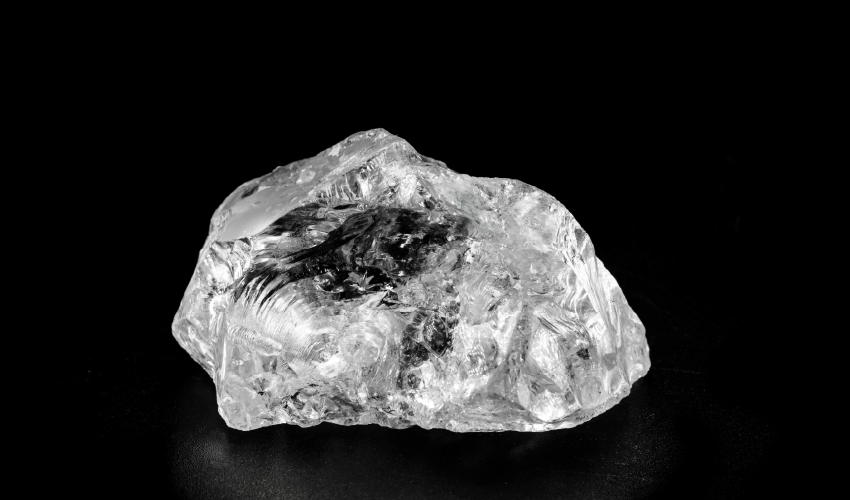

Key Factors in Assessing Diamond Quality
When evaluating the quality and worth of a natural diamond, the 4 Cs—carat weight, cut, color, and clarity—are vital benchmarks:
Carat Weight: This refers to the size of the diamond, with larger stones being rarer and generally more valuable. However, their worth is also heavily influenced by the other Cs.
Cut: A diamond’s cut significantly impacts its brilliance. Well-executed cuts enhance light reflection, making this one of the most critical factors affecting the overall beauty of the stone.
Color: Diamonds are graded on a scale from D (colorless) to Z (light yellow or brown). Colorless diamonds are typically the most sought after, although fancy colored diamonds can also command high values depending on their hue and saturation.
Clarity: Clarity assesses the presence of internal or external flaws, known as inclusions and blemishes. Diamonds with minimal imperfections tend to be more valuable.
Natural diamonds, with their rich history, continue to captivate and hold significant value in the market. Price fluctuations occur due to various factors, but ongoing demand and the emotional significance attached to these gemstones solidify their enduring appeal. By understanding the 4 Cs and recognizing essential buying considerations, consumers can make informed choices that resonate with their personal tastes and investment aspirations. As the jewelry landscape evolves, the industry must adapt to new challenges and opportunities while cherishing the legacy of natural diamonds.
Diamond Shapes
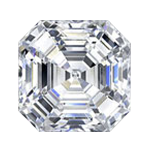
ASSCHER
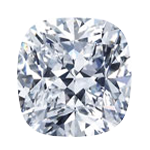
CUSHION
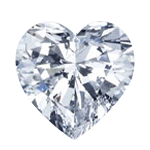
HEART

MARQUISE
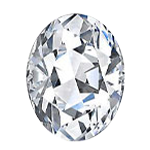
OVAL
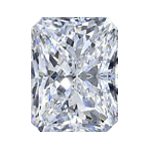
RADIENT

ROUND
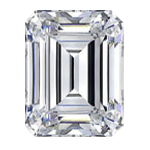
EMERALD
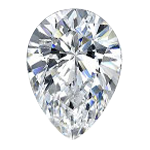
PEAR
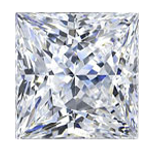
PRINCESS
The 4 Diamond Cs
CARAT WEIGHT
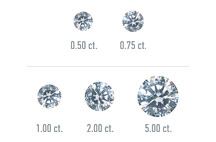
Rarity means larger diamonds of the same quality are worth more per carat.
COLOR
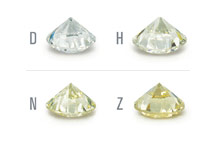
The less color, the higher the grade. Even the slightest hint can make a dramatic difference
in value.
CLARITY
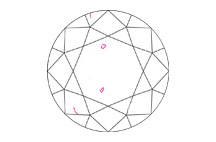
Clarity grades assess the number, size, relief, and position of inclusions and blemishes.
CUT
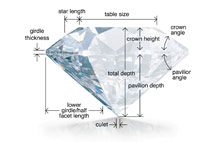
Cut (proportions, symmetry, and polish) is a measure of how a diamond’s facets interact
with light
